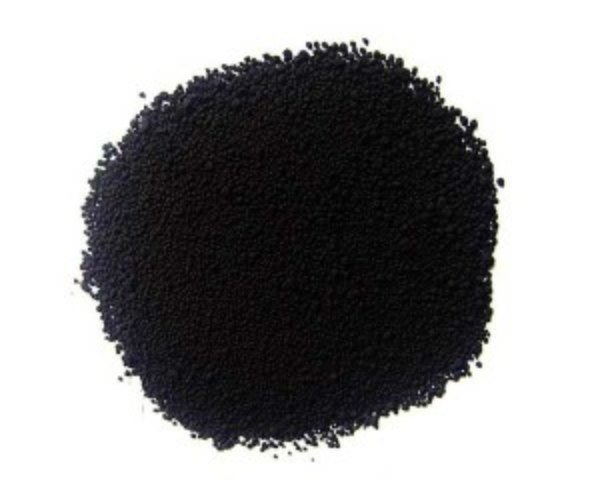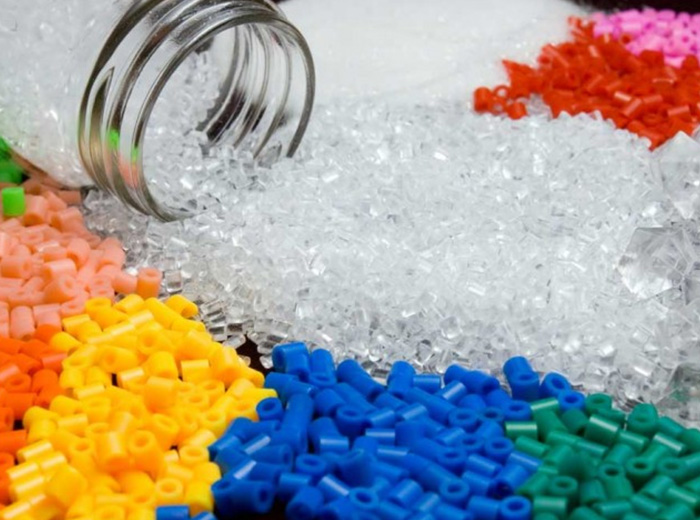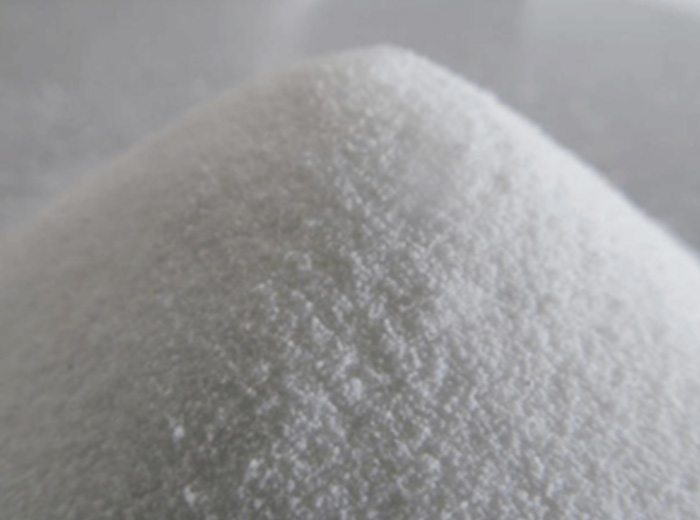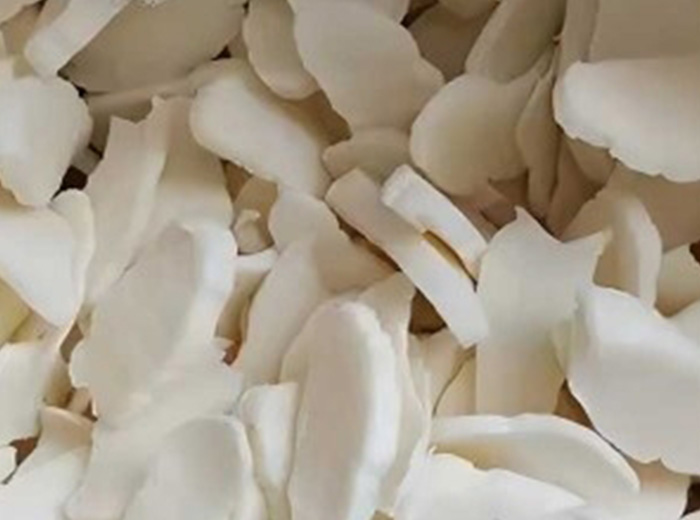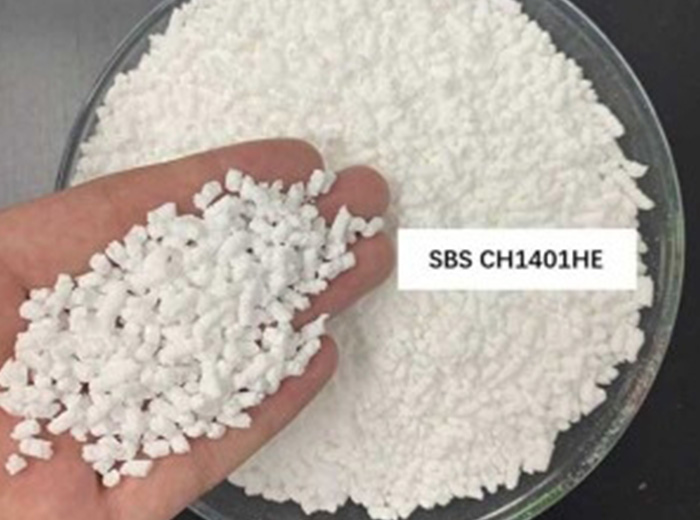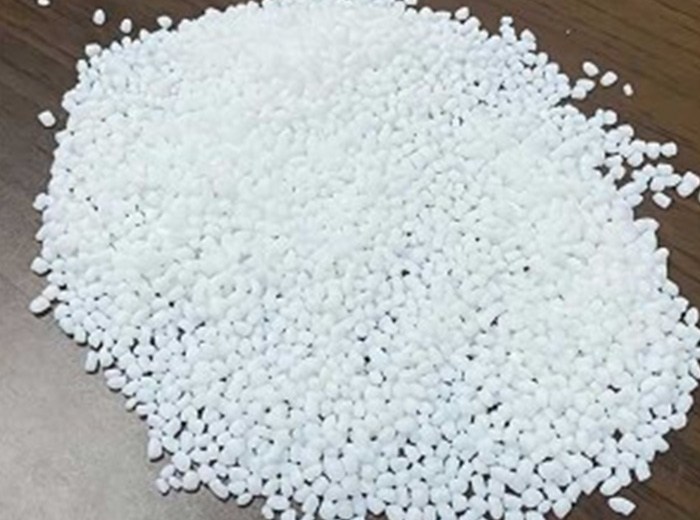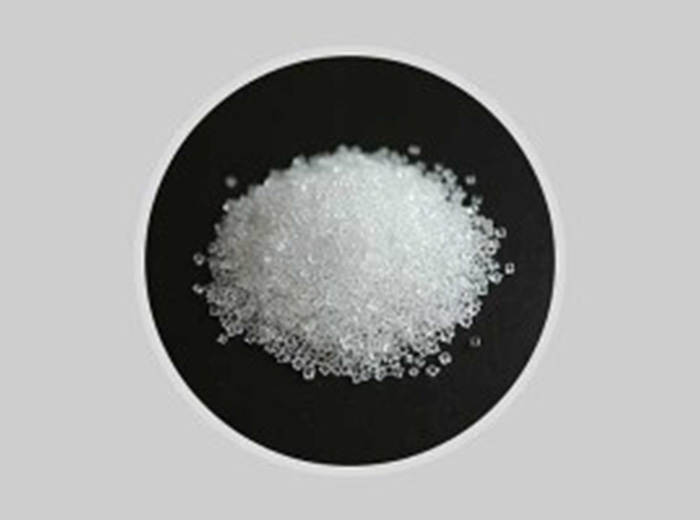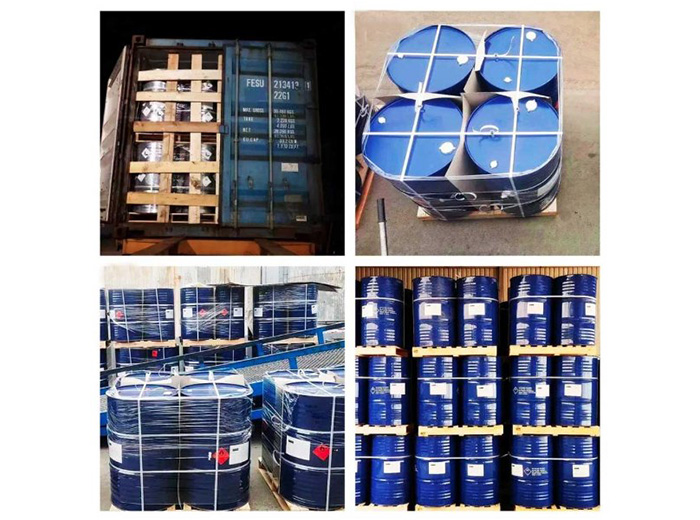Characteristics:
- Particle Size and Structure: The particles have a unique structure that contributes to their reinforcing properties. The particle size and structure can be controlled during the manufacturing process to tailor the material for specific applications.
- Surface Area: The carbon has a high surface area, which enhances its ability to interact with rubber molecules. This high surface area is crucial for its reinforcing effect on rubber, providing increased strength and durability.
- Chemical Inertness: Black carbon is chemically inert, meaning it does not react with the rubber or other components in the formulation. This inertness ensures stability and longevity in the final rubber product.
- Heat Dissipation: Due to its high thermal conductivity, black carbon aids in heat dissipation in rubber compounds. This is particularly important in applications where heat build-up could affect the performance of the rubber product.
- Versatility: The carbon is versatile and can be used in various types of rubber, including natural rubber and synthetic rubber. Its compatibility with different rubber formulations makes it a widely adopted choice across various industries.
Carbon Black - CHEMBROAD
Black carbon rubber chemicals, also known simply as carbon black, play a crucial role in the rubber industry. This substance is a finely divided form of carbon, produced by incomplete combustion of hydrocarbons. It is widely used in rubber applications due to its unique properties and versatile characteristics.
One of the primary uses of black carbon in rubber is as a reinforcing agent. It enhances the mechanical properties of rubber, such as tensile strength, tear resistance, and abrasion resistance. This makes rubber products more durable and long-lasting. Black carbon imparts a deep black color to rubber products, making it a popular choice for items like tires, automotive components, and industrial goods where a black appearance is desired. The color stability it provides contributes to the aesthetic appeal of the end products.
Characteristics:
- Particle Size and Structure: The particles have a unique structure that contributes to their reinforcing properties. The particle size and structure can be controlled during the manufacturing process to tailor the material for specific applications.
- Surface Area: The carbon has a high surface area, which enhances its ability to interact with rubber molecules. This high surface area is crucial for its reinforcing effect on rubber, providing increased strength and durability.
- Chemical Inertness: Black carbon is chemically inert, meaning it does not react with the rubber or other components in the formulation. This inertness ensures stability and longevity in the final rubber product.
- Heat Dissipation: Due to its high thermal conductivity, black carbon aids in heat dissipation in rubber compounds. This is particularly important in applications where heat build-up could affect the performance of the rubber product.
- Versatility: The carbon is versatile and can be used in various types of rubber, including natural rubber and synthetic rubber. Its compatibility with different rubber formulations makes it a widely adopted choice across various industries.
Carbon black is a finely powdered substance generated through the incomplete combustion and thermochemical decomposition (pyrolysis) of hydrocarbons under tightly regulated conditions. The resultant carbon black primarily consists of carbon elements, accompanied by lesser quantities of oxygen, hydrogen, and sulfur. The particles of carbon black typically exhibit a spherical shape and range in size between 10 and 500 micrometers.

